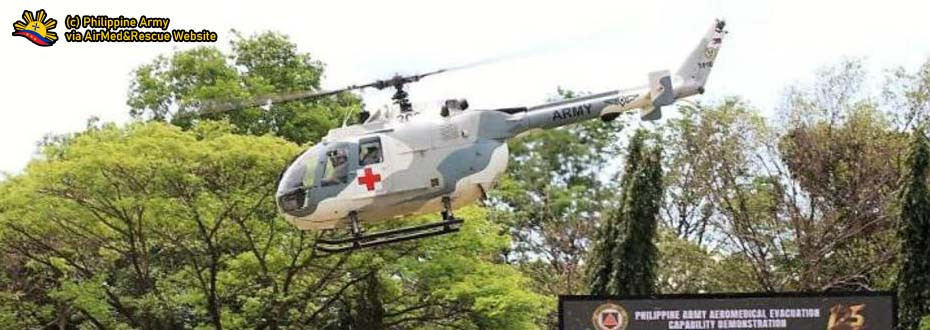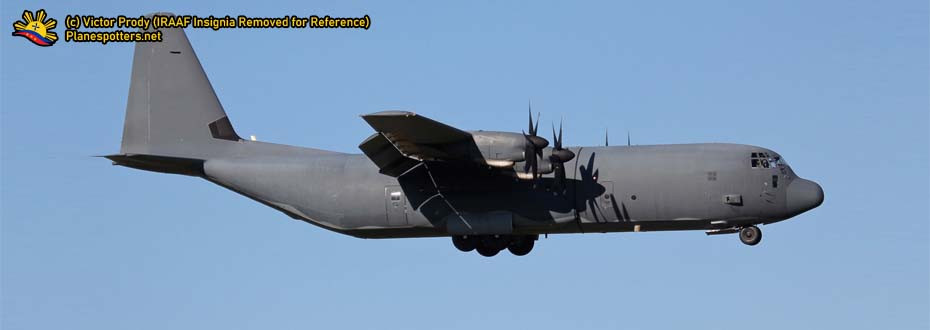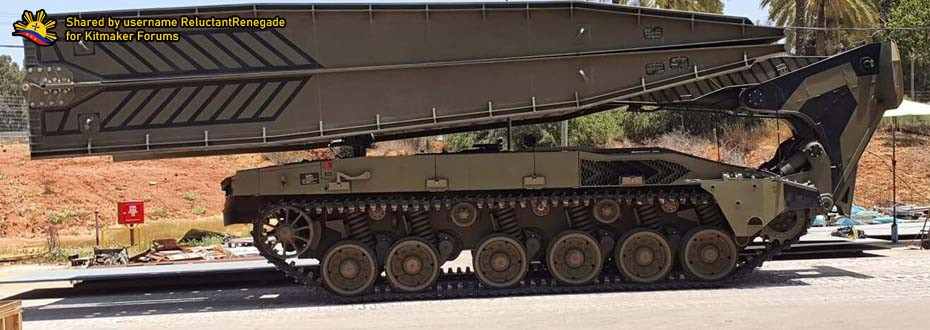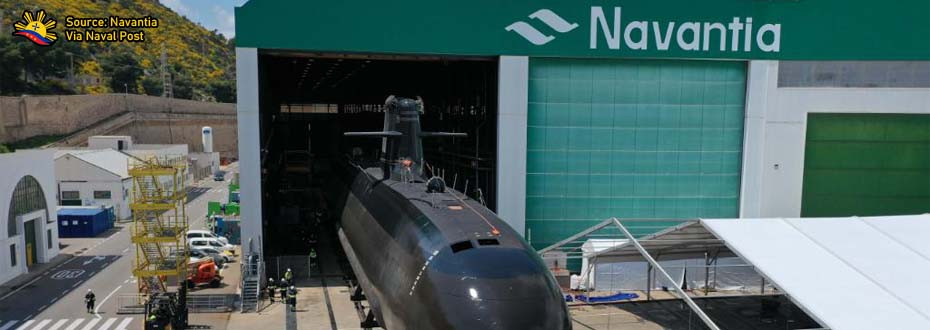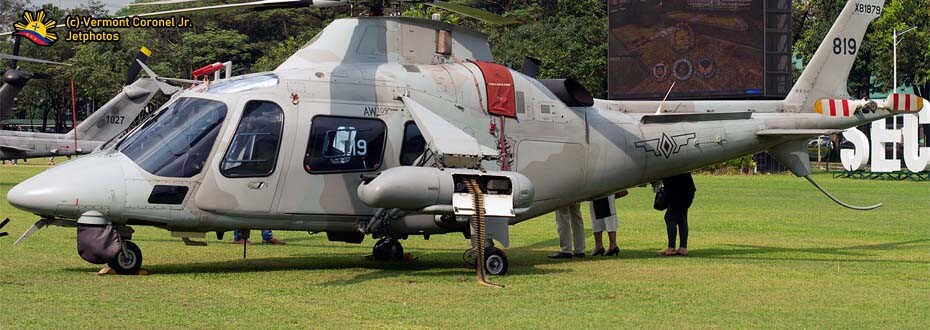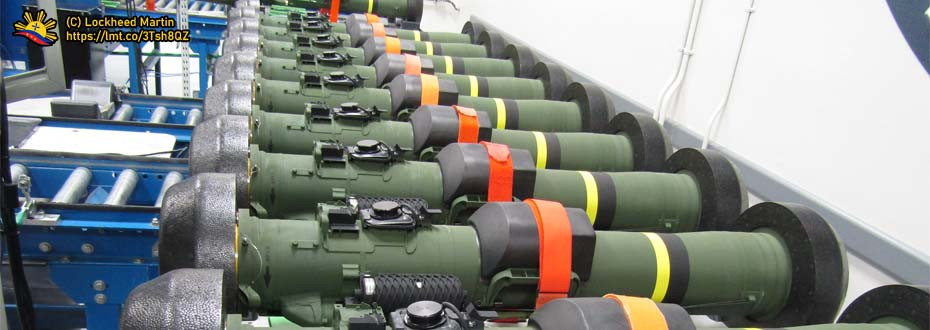In the light of recent events concerning the nature of arms transactions in the defense industry and also on restrictions that nations impose, these factors influence the way that both the supplier and the end-user decide on the approaches wherein things may find itself beneficial for both sides to reap, with the former garnering additional sales to offset their operational expenses which will profit a business or an industry whilst the latter focuses on enhancing its capabilities which helps uphold its mandate or duties and responsibilities that are primarily more on protecting the citizenry against harm or to provide aid in times of need.
OVERVIEW
 |
| Bell 412s where the Philippine Air Force obtains eight of these units. |
It is known by nature that in the defense industry, the supplier is looking for interested customers or nations who are willing to invest in their military's capability improvements while the buyer or the user is opting for what is the best military equipment is available on the market at a price capable enough within the appropriated budget while being appropriate to the nature of defense a country needs.
On these primary principles provided, it was taken note on our last written article entitled "Military Hardware Sales vs. Imposed and Planned Arms Restrictions" that a nation like Canada through its government may hamper a defense deal between the state-owned Crown Corporation and the Philippine Government with regards to the sale of Bell 412 combat utility helicopters which are primarily used as a troop carrier and essential supplies both in conflict and peaceful, humanitarian situations.
These should prompt the Philippine Government to consider other options aside from the Bell 412 since the hampering took place given the consideration that such helicopters are produced by Bell in its Canadian Factory. However, in the midst of the things which may definitely cripple the deal to a halt, some things or factors keep the deal from falling apart.
To support this idea, an article from Flightglobal provided an insight into how hopeful the main company that produces the helicopters - Bell Textron is in this deal. Those hopes and aspirations is a sign that the Government is still in negotiation with the company to obtain the sales from the deal as well as benefiting the customer in the process.
With these interesting developments taking place between two parties, it seems that the Government is still engaging and opting for the same Bell 412 aircraft where there are some reasons with regards to this deal which may have been shelved or canceled in favor of another alternative should the Philippine-Canadian form of narrative be followed. There are factors in this case where the Philippine Air Force is keen to have these helicopters in its inventory.
THE REASONS
 |
| The logo of Bell Helicopters is part of the Textron Company. |
As being said in the first place, the end user aims to have the best military equipment in the market as well as the affordable one based on the nature of threats, funding, and other things that are suited best for the buyer or end-user to operate wherein it is effectively doing its capabilities as designed.
As for the Philippine Air Force or the Armed Forces as the whole, those things may influence the decision, making the Bell 412 favorable as still despite attempts of arms restrictions on the premise of upholding "human rights". So here are the things that keep the deal from falling apart.
1. Logistics - There is a saying coming from French Emperor Napoleon Bonaparte about this maxim: "The amateurs discuss tactics; the professionals discuss logistics". That holds true considering that an armed force cannot operate well without the backbone or the supply chain where troop movements, supply movements, and other logistical-related matters are relying on it for ammunition, food, shelter, weaponry, and tools that maintain the weapons.
In the case of Helicopters like Bell 412, The Philippine Air Force already has several such units in its inventory, all active in service. The deal in itself is beneficial in the sense that this will not burden logistics on spare parts considering that with large numbers of the same type of helicopter, the spares will get compatible across units as well as decreasing the burden of buying it where the end-user will only be after a type of spare that runs similar across the units.
This goes with reason also so as it is appropriate to have lesser classes of specifically designed units in the inventory so as spare logistics will never be problematic, except if a nation relies on two different suppliers (usually rival nations like the U.S. and Russia) with different doctrine on asset use to prepare for eventualities should one of those countries that supply weapons impose an arms embargo. One notable example is Indonesia where its air force obtains both Western and Eastern-based weapons, especially on its combat fighter jets.
2. Commonality - This factor also plays along with logistics wherein it pertains to the importance of having a supply chain and transfer of goods and spares that there is only a single type of unit without complicating it further into having two or more classes of assets in the inventory. Furthermore, commonality also pertains to the skills and tools which are shareable and operable between units. Like the first one, several of Bell 412 units in the Air Force inventory is helpful especially for aircraft technicians to maintain where similar components can be determined and simply understandable especially in terms of troubleshooting the aircraft for problems.
Aside from these things, Bell 412s share a relationship with its fellow sibling the Bell UH-1 Huey Helicopters which formed a bulk of the Philippine Air Force's helicopter fleet. This kind of relationship,, especially to the fact that the Air Force operates a lot of UH-1s in its fleet, gives the factor on the decision to retain the Bell 412 deal considering that both the former and the latter share the same attributes where it is produced by the same company with its design related to each other.
Those things being said, both helicopters share several, if not most of the commonalities wherein the technicians that do the maintenance have a smooth transition on the knowledge about the inner workings of these respective military air assets.
3. Interoperability - Being a helicopter that is designed by a Western-based company with several agencies in various nations, these Bell 412s are helpful with regards to the interoperability measures with other countries that also use the platform where armaments and spares that are worthy compatible may interchange across these platforms that in the process, may simplify cross-training for operations and maintenance especially to the other Combat Utility Helicopters that forms the Huey Family depending on the familiarity on these platforms.
Take note that variants tend to have different attributes in terms of capability and components ranging from the airframe to the rotors as well as the engines. Albeit those things, the different variants of the Huey Family share the attributes given that it's from the same manufacturer.
The British Royal Air Force, Indonesian Air Force, and several U.S. Government Agency Components use Bell 412 helicopters in their own respective functions. Add also to the mix the Japanese Ground Self-Defense Force (JGSDF) and its desire to have a fleet of Bell 412 helicopters that will be in production by a Japanese company Subaru Corporation.
Just to add more information, if the Japanese Bell 412s are to be considered, the time period may be long given that the priority for production will be given to the JGSDF. Nevertheless, this is still a welcoming addition, enabling interoperability between the Philippines and Japan.
IN SUMMARY
The Philippine Air Force (PAF) is currently pursuing its goals to become a capable organization wherein, aside from purchasing assets capable of air interdiction and protection of the implementing Philippine Air Defense Identification Zone (PADIZ), they are also pursuing to obtain additional helicopters that are both dedicated attack platforms and combat utility ones intended for close air support and immediate transport of troops in combat and transport of goods in case of natural and man-made calamities.
The Bell 412 helicopters are something for the air force to desire more, given that its already-existing eight (8) units in its inventory are already proving its capabilities alongside its older companion the Bell UH-1 Huey helicopters which consists the mainstay of the PAF transport fleet.
These Bell 412s, being newer assets, just as the other candidates of the Combat Utility Helicopter Project such as the KUH-1 Surion, are being sought to replace the fleet of Vietnam-era UH-1s in the sense that a newer, better fleet of transport helicopters serves a lot given that the Philippines is an archipelagic nation, vulnerable to natural calamities like typhoons, volcanic eruptions, and earthquakes as well as an effort to quell the threat of banditry which endangers the peace and safety of the innocent lives of the citizenry.
Hence, given the record of the service of UH-1s in its inventory, it might as well be a nice consideration that Bell 412s will replace these older assets where designed by the same company, provides the same reliability and compatibility as the ones it will replace.
Nevertheless, it is still up in the minds of the higher ranks to decide as to which helicopter platform they may opt to purchase where, logistics, interoperability, and commonality for an efficient and effective force is the aim for better carrying out the mandate of protecting the country and the people.
(c) 2018 PDA, edited and improved 3/30/2021.










